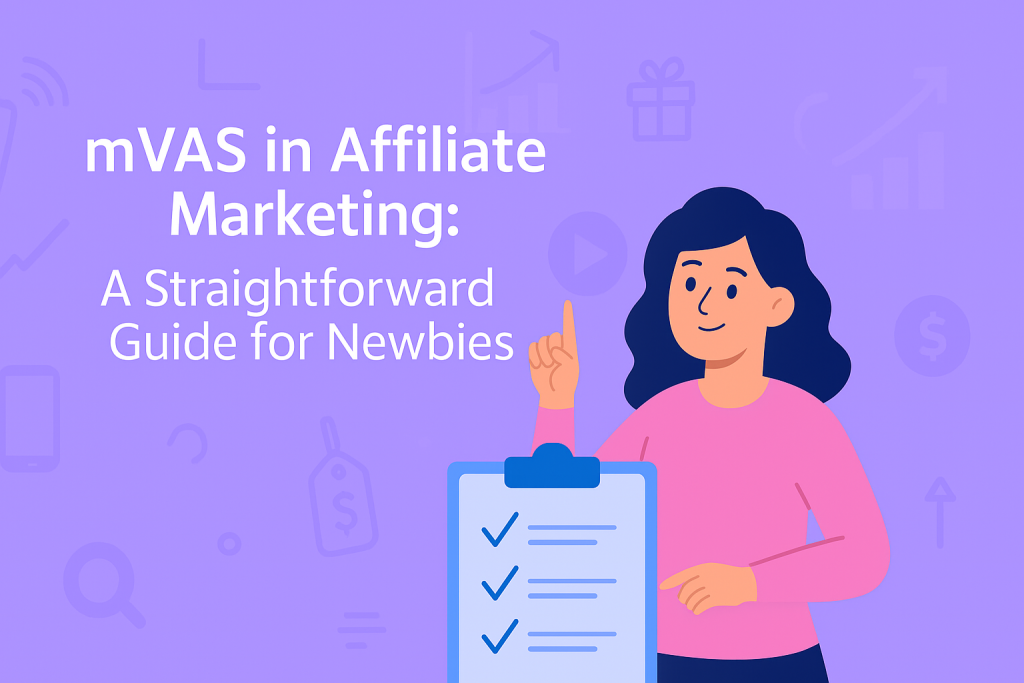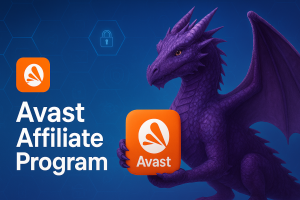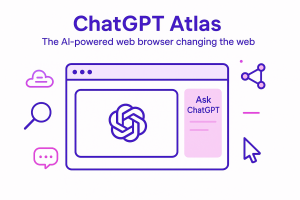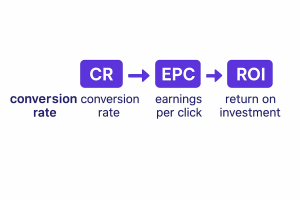If you’ve heard the abbreviation mVAS and wondered what it means, don’t worry—we’ll break it down in simple terms right now. This concept comes from the world of affiliate marketing and is related to mobile subscriptions for various paid services. In this guide, we’ll explain what mVAS is and why it matters, how the funnel works (the user journey from ad click to paid subscription), provide examples of popular subscription flows and GEOs where these offers are highly sought after. We’ll also discuss why the mVAS vertical attracts affiliates (those who drive traffic for a percentage) and how the CPA network Affiliate Dragons helps launch such campaigns—with their own shortcodes, GEO support, white-hat approach, and traffic assistance. Ready? Let’s dive in!
What is mVAS and Why Do We Need It?
mVAS (mobile Value-Added Services) refers to paid mobile services that supplement the basic features of cellular communication (calls and SMS). Simply put, mVAS is any extra mobile service that the user pays for through their mobile operator. Typically, these are subscriptions to entertainment or useful content: games, quizzes, music, videos, horoscopes, educational materials, exclusive services, and other digital “goodies.”
Imagine a regular mobile phone as a pizza with only crust and sauce—calls and messages form that base. mVAS is like the toppings on the pizza: not mandatory, but they make the “dish” much more interesting. For instance, basic connectivity lets you call and text, while value-added services allow you to, say, listen to music in the operator’s app, read a horoscope via subscription, play a prize quiz, or get useful tips daily. These services make your phone more engaging and useful, while allowing mobile operators and content providers to earn extra revenue.
Why do users need mVAS? For convenience and entertainment. It’s a way to quickly get content “in one click” or via a short number, without having to enter bank cards or complete complicated registrations. Payment often happens directly from the mobile account—money is deducted, and access is granted. For example, remember the ringtone or picture subscription services in the early 2000s? You had to send an SMS to a short number, and the charge was deducted from your phone balance—that was the prototype of mVAS. Now, the range of services is much wider (from video platforms to learning apps), but the principle remains the same: an extra mobile service for a small, regular fee.
Crucially: mVAS services are provided either by the mobile operator itself or by third-party companies in partnership with the operator. In any case, the payment is convenient—via the phone bill (the mechanism is called Direct Carrier Billing, or operator billing). This means anyone with a mobile phone can subscribe to the service, even without a bank card—that’s why these services are particularly popular in countries where people have phones, but banking services aren’t universally accessible.
How the mVAS Funnel Works: From Click to Subscription
Let’s break down the user journey step-by-step to understand how an ad viewer turns into a subscriber of a paid mobile service.
1. The Ad Grabs Attention
It all starts with an ad for the mVAS offer—for example, a banner or a push notification with an enticing proposition: “Play a quiz and win a prize,” “Exclusive phone wallpapers—download now,” “Get your daily horoscope!” Such ads are usually targeted at mobile users and lead to landing pages optimized for smartphones.
2. The User Clicks and Lands on the Landing Page
The landing page (or “lander”) is a simple page describing the service and its benefits. For example: “Subscribe and get access to hundreds of ad-free games for just 10 cents a day.” The page features a large “Subscribe” or “Get Access” button. The user might also be shown that the first day is free or that they can unsubscribe anytime, to lower their apprehension.
3. Subscription Confirmation (Different Flows)
Here lies the core “magic” of mVAS—the confirmation process is simplified as much as possible to avoid scaring the user off. Depending on the country and the operator’s technical capabilities, there are various subscription mechanics (flows):
- 1-Click / 2-Click: The simplest option. The user presses the confirmation button on the website (sometimes twice for assurance), and that’s it—the subscription is active! No additional actions are needed. This WAP-CLICK flowrelies on the user being on the operator’s mobile network, allowing the system to automatically “see” their number and consent. A couple of clicks and the person is subscribed.
- PIN-Submit (PIN Code): The most common scenario. The landing page asks the user to enter their phone number, and then an SMS with a confirmation code (PIN) is sent to that number. The user enters the received code into the form—after this, the subscription is confirmed. This acts as a digital signature of agreement to pay. Despite being two steps, the process is still quite simple: enter number, receive SMS, enter code.
- SMS-Subscription (MO or MT, aka Click2SMS): This method involves sending an SMS to a short number. There are two variants:
- MO (Mobile Originated): The user manually composes an SMS with a specific text (e.g., the digit “1” or the word “OK”) and sends it to the specified short number. This is an older method, e.g., “Send SMS with text GAME to 7575.”
- Click2SMS: An improved version where it’s even simpler. The landing page has an “Send SMS” button, which automatically opens the user’s SMS application with the text and recipient number pre-filled. They just need to press “send” on their phone. The subscription is confirmed by sending the SMS—the operator receives the request and connects the service.
- USSD Request: Used in some regions. The user enters their phone number on the site, after which a service window (USSD menu) pops up from the operator: “Confirm subscription to service X—yes/no.” They just need to press “yes” (usually with a button), and the subscription is activated. USSD is like a mini-menu from the operator (you usually see USSD when checking your balance, e.g., *#100#). Here, it’s used for service confirmation.
- Call a Short Number (IVR): A rarer option. The user calls a special paid number (e.g., to listen to a horoscope or joke of the day). The act of calling or the duration of the call is tariffed. Simply put, the longer you stay on the line, the higher the deducted amount. This method is uncommon and usually found in specific countries and scenarios (e.g., voice services).
Despite the different mechanics, the goal is the same: confirm the user’s consent to pay as quickly and conveniently as possible. Ideally—in one or two actions.
After confirmation, the Direct Carrier Billing magic happens: the mobile operator deducts the specified amount from the user’s balance (or adds it to their bill, if it’s a contract plan), and the service is activated. The user instantly gains access to the content—they can immediately start playing, watching a video, or reading the latest horoscope, and the money for the first period is deducted from the phone. No bank details or long waits—everything happens here and now.
4. The User Becomes a Subscriber
Ultimately, the person is subscribed to the service, and payment usually renews automatically at a specified frequency—daily, weekly, or monthly, depending on the offer. For instance, a subscription might cost 10–20 cents per day. This amount will be deducted from the mobile account every day until the user cancels the service (they can unsubscribe via SMS, calling the operator, or via a link—this information is usually provided in fine print on the landing page). Many use these services for quite a long time if the content is engaging—hence the value of the subscriber to the advertiser.
5. What Does the Affiliate Get?
The person who attracted the user (i.e., set up the ad and drove them to the landing page) receives a commission for the new subscription. This is usually a fixed amount for each paying user brought in (the CPA model)—say, $1–2 per subscription, depending on the GEO. Sometimes, RevShare models might be offered, where the partner gets a percentage of the user’s spending, but beginners are usually offered CPA payouts for the confirmed subscription. The key is that the conversion is tracked instantly: as soon as the user confirms the subscription, the affiliate program immediately registers the lead (subscriber) and allocates the payout.
Popular Subscription Flows and mVAS GEOs
As we’ve seen, there are several popular subscription formats (flows)—from super simple one-click to PIN-code entry or SMS submission. Each market chooses what is technically most effective and reliable. For example, some Asian countries widely use one-click and PIN subscriptions, while others (especially those with older infrastructure) rely on the SMS format. Mobile operators also impose restrictions: some allow one-click subscriptions, while others require an obligatory SMS code for confirmation to reduce potential complaints.
Here are a couple of examples of popular flows and countries:
- One-click is often found where operator mobile internet is widespread, and operators support direct billing without extra verification. In some South-East Asian or Middle Eastern networks, you can subscribe to a service literally with one button press. This yields incredibly high conversion—once the user clicks, they’re subscribed. However, operators usually monitor such subscriptions closely to prevent fraud.
- PIN-submit is widespread globally—from Europe to Asia. It’s a kind of compromise between convenience and security. The user performs a couple of actions (enters the number and code), but the operator is confident that the connection is deliberate. Many countries use PIN-flows—for example, in many European countries and historically in Russia, subscriptions went through SMS code entry. Overall, PIN is the most universal and popular flow in the mVAS world.
- Click2SMS/SMS-subscriptions are still relevant in several regions, especially where users are accustomed to SMS or mobile internet is unstable. In countries in Africa or South Asia, the SMS sending mechanic is common. For example, it’s easier for a subscriber to send a text to a number than to open mobile internet. The SMS method is also used in some Arab countries and Latin America due to operator requirements.
Now let’s move on to GEOs. mVAS is a global phenomenon, but it yields particularly good results in some regions. As a rule, these are regions with high mobile penetration but not always high levels of banking services. If many people don’t have credit cards but do have smartphones, subscribing via their phone balance becomes the ideal solution.
Where is mVAS particularly popular? Here are a few examples:
- South-East Asia (SEA): This region is experiencing a mobile services boom. Thailand, Vietnam, Indonesia, Malaysia—these countries have a huge young audience that loves digital content, and almost everyone has a mobile phone. For instance, Thailand is considered one of the top GEOs for mVAS: the mobile culture is very strong, people are used to paying for content via phone, and the subscription model is well-established there.
- Middle East: Saudi Arabia, UAE, Egypt—countries with very active mobile internet usage. Young people spend time on smartphones, watching videos, playing games, and operator subscriptions have taken hold there. Purchasing power in the Gulf countries is high, so subscriptions can generate good revenue.
- Africa: Mobile connectivity is often more developed than the banking system. Nigeria, Kenya, South Africa, Egypt—examples of countries where millions of users access the internet only via phone. South Africa, for instance, has one of the highest mobile penetration rates (more SIM cards than people!). Traffic costs are low there, although purchasing power isn’t high, but the volumes allow for earnings based on quantity. Overall, SMS and USSD subscriptions are very common across Africa.
- Eastern Europe and CIS: Mobile subscriptions are also familiar in this region. Poland, Romania, Russia, Ukraine, Kazakhstan—subscriptions for horoscopes, news, and entertainment via the operator were popular here in the 2010s. Regulation is stricter now, but PIN schemes still work. For example, mVAS campaigns are still successful in Poland and the Czech Republic, especially with localized content.
- Latin America: A large market with a young population. Brazil stands out—users there are highly engaged in mobile activities. Colombia, Mexico, Peru are also countries where mobile subscriptions gain traction, particularly those related to entertainment content (music, video, sports).
The key success factor is how accustomed people are to using mobile payments and how much they like the content offered. If there are issues with the former in a country (e.g., operators require many confirmations, or people are wary), conversion drops. But when the audience is “hungry” for content and willing to pay via phone, mVAS thrives.
Why the mVAS Vertical is Attractive to Affiliates
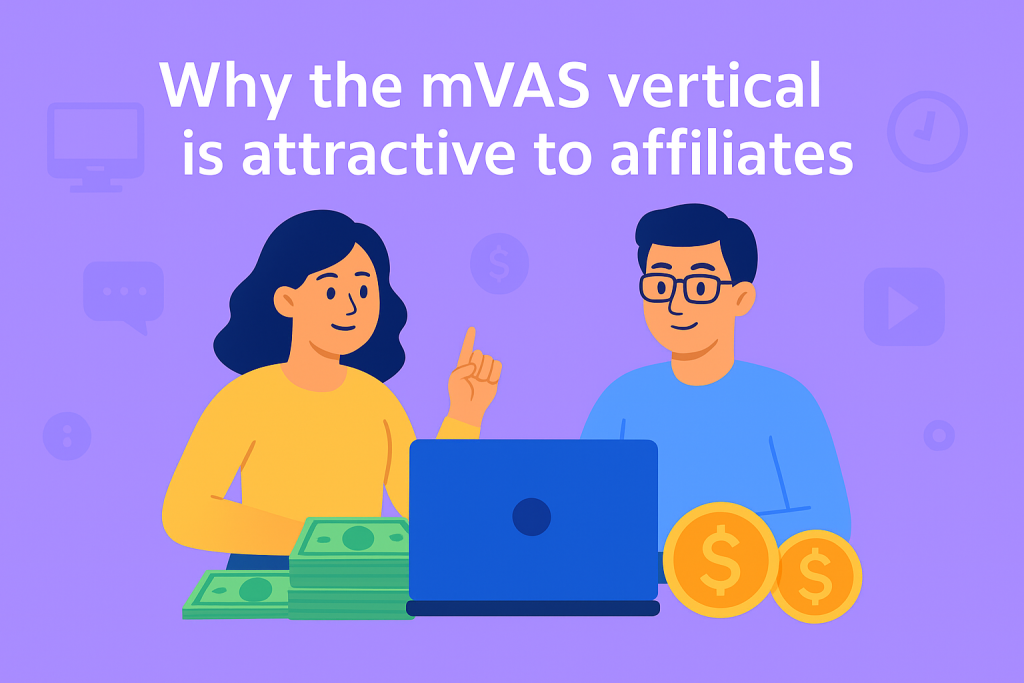
Let’s look at why mobile subscriptions are one of the favorite verticals for many affiliates. Beyond being a relatively recent wave (many are talking about the revival of mVAS now), there are practical advantages for those driving traffic:
- Quick Tests and Instant Conversions: There’s no long sales cycle in mVAS. The user either subscribes immediately or not—the result is obvious in a matter of minutes. Affiliates value this greatly: no need to wait for the person to receive the product by mail or decide to pay later. The lead is tracked instantly—as soon as the user clicks the button or enters the code, the affiliate network registers the conversion. Furthermore, networks often issue payouts without holds, sometimes daily. This means the affiliate’s working capital returns quickly, and they can immediately reinvest in traffic. Essentially, mVAS allows for very rapid assessment of whether an offer or creative “worked” and, if successful, for rapid scaling.
- Stable Payouts and Predictability: The mobile subscription vertical usually doesn’t have sharp payout fluctuations. Advertisers—large content providers or aggregators—consistently pay the agreed price per subscription because they, in turn, receive revenue from operators (who get it from subscribers) via a transparent scheme. There’s no scenario where approval is 50% one day and 10% the next—if the subscriber confirmed, the money is yours. Moreover, many affiliate networks pay not just monthly, but weekly or even daily (especially to trusted affiliates), which simplifies financial planning. The cash flow in mVAS is arguably smoother than in several other niches.
- High Conversion Rate (CR) and User Simplicity: The main magic: it’s psychologically easier for a user to agree to a mobile subscription than to make a purchase with a card. Sending an SMS or tapping “OK” on a phone presents a lower barrier than entering bank card details on an unfamiliar site. Many fear online payments but trust their mobile operator. That’s why mVAS services convert so well: everything happens in a familiar mobile environment, in a couple of clicks, without overthinking. For the affiliate, this means a higher percentage of users reaching conversion. Good offers with the right presentation can yield a very high CR. Plus, the amounts deducted are often small (e.g., $0.5–$1 per day), which also simplifies the user’s decision—”Ah, it’s just like a cup of coffee, I’ll subscribe.”
- Huge Audience of Mobile Users: Practically everyone is now a potential mVAS customer. Estimates suggest over 6 billion people globally use mobile phones. That’s incredible reach! Even those who don’t buy online may sign up for mobile subscriptions. For the affiliate, this means a vast target audience. Campaigns can be launched for various GEOs, age groups, and interests—as mVAS content varies widely (games, music, utilities, education, etc.). Virtually any user segment with a phone can be reached.
- Many Traffic Sources and Fewer Restrictions: mVAS isn’t as heavily regulated by governments as, say, gambling or finance—the primary rules are dictated by mobile operators. The key is not to use forbidden scams or fraudulent schemes; otherwise, you’ll be fine. This opens opportunities for various traffic sources: social media, teaser ads, popunder and push ads, ad networks, Google UAC, TikTok—anything that successfully reaches mobile users. Many note that creatives and approaches from other verticals (e.g., swipes from dating, teasers from e-commerce) work excellently for mVAS; they just need tailoring to the subscription theme. This means experience in other niches is easily scalable here. The availability of white-hat offers is also a plus—you can run “clean,” straightforward content (e.g., a subscription to a video service or music) that easily passes moderation on platforms like Facebook. This allows even beginners, who fear strict FB or Google rules, to start with simple “white” mVAS offers without the risk of bans.
Of course, mVAS is not a “money button,” and it has its nuances (e.g., fighting for traffic quality, adjusting to operator requirements, localizing for different GEOs). But the advantages listed make this vertical highly attractive. Fast feedback, high conversion, and massive reach—all this lures affiliates, and it’s no wonder there’s a new surge of interest in mobile subscriptions now.
How Affiliate Dragons Helps Launch mVAS
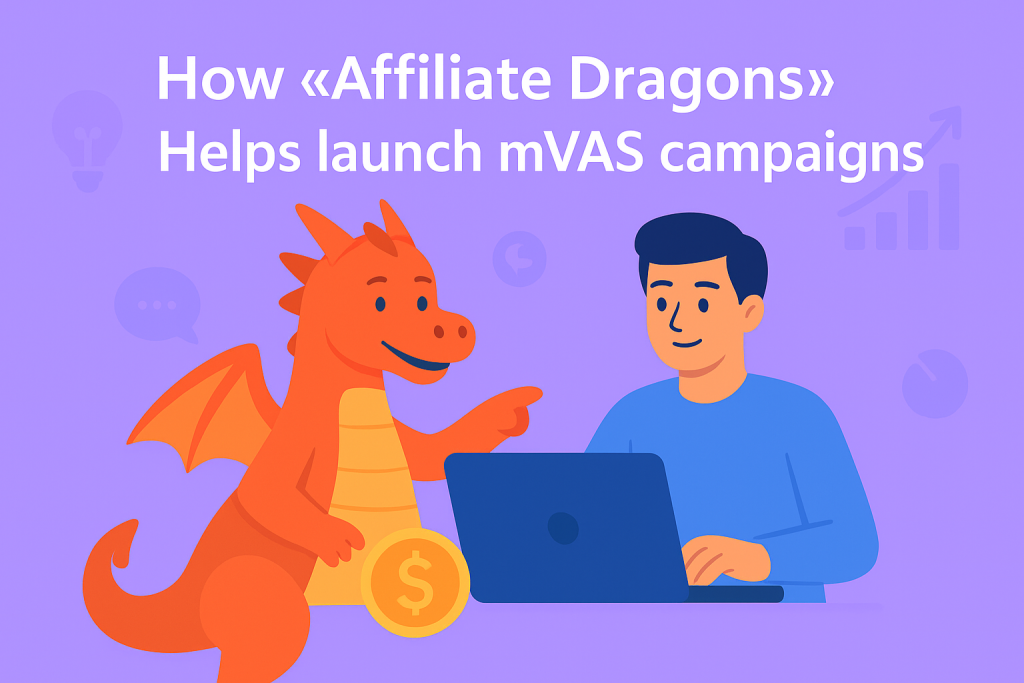
Suppose you’re excited about trying out mVAS offers. The question arises: where to find them, and who can help navigate all the intricacies? This is where Affiliate Dragons steps in—an experienced CPA network that specializes in mobile subscriptions. Let’s discuss how they can assist a mVAS beginner.
1. Proprietary Shortcodes and Direct Operator Connections
Affiliate Dragons has established direct relationships with operators in many regions over several years. Simply put, they have their own shortcodes in different countries, which are used for subscriptions. For example, AD has over 7 proprietary shortcodes in Thailand alone—this means the service connection is direct, without third-party aggregators, ensuring greater stability and profitability. For you, the affiliate, this is a plus: offers with in-house shortcodes usually convert better and are less likely to “drop off,” as the network controls the process with the operator. Furthermore, Affiliate Dragons isn’t limited to one or two GEOs—they have launched mobile services in over 6 different GEOs, and that list is growing. So, you’ll have options for where to drive traffic.
2. Exclusive and Vetted Offers
Because AD works directly with content providers and launches its own portals, the network has many exclusive offersthat you won’t find elsewhere. These offers are already market-tested and have shown results—such as subscriptions from the BigFun series (gaming portal), iSub, and others. For you, this means a lower probability of wasting budget: the offers are polished, have good landing pages, and boast high user retention. Additionally, AD works with both the CPA model and RevShare, allowing you to choose a convenient payment format. Beginners are usually advised to stick to fixed CPA per subscription, but as you gain experience, you can try RevShare (a share of the user’s payments) on long-term, high-volume campaigns.
3. GEO-Specific Support and Localization
The Affiliate Dragons team consists of managers and experts from Europe and Asia who thoroughly understand the specifics of different regions. When launching a campaign, you won’t be guessing alone whether an offer will work in a given country—your personal manager will advise which GEOs are currently top-performing, what the competition is like, and what the operator requirements are. For example, they might warn that a specific country should use a PIN-flow instead of one-click, or that a particular unsubscribe form is needed somewhere. Such deep local market expertise is a huge advantage. They will help you with landing page localization, ad language selection, and even choosing creatives that resonate with the audience of a specific country.
4. White-Hat Approach and Compliance
As mentioned, one threat in mVAS is dishonest promotion methods that lead to operator complaints and potential offer termination. Affiliate Dragons is fundamentally committed to a “white-hat” approach. This means no blatant clickbait with user deception, no fake virus warnings, or hidden subscriptions. The network only works with advertisers who provide legal content and correctly designed landing pages. This allows campaigns to run long-term, operators don’t ban these subscriptions, and ad networks (Facebook, Google, etc.) are more likely to approve the ads. Your task is to also adhere to these white methods, and AD will assist (e.g., providing white-hat pre-landers, creative advice to be both attractive and honest). Ultimately, everyone wins: users are satisfied with the service, operators receive no complaints, and affiliates earn stable income.
5. Traffic Assistance and Training
Starting a new vertical is always challenging, so Affiliate Dragons focuses on “growing” you. Your personal manager will help you set up your tracker, postback, and campaigns—step-by-step. If you have traffic source issues (e.g., unsure whether to run push, teaser, or TikTok traffic)—they will share case studies and recommendations on which sources perform well for a specific offer. AD has its own knowledge base, blog, case studies, and runs training webinars. Essentially, you don’t need to reinvent the wheel—the team’s and other affiliates’ experience will smooth your path. Moreover, AD is known for its responsiveness: managers are usually available virtually 24/7, quickly resolving tracker, caps, and payout issues. If you live in, say, the CIS but are running traffic to Asia—you’ll have a manager who understands your language and is available at a convenient time because the team is distributed across different time zones.
Finally, the financial aspect: Affiliate Dragons strives to delight partners with fast payouts. Standard terms apply to new affiliates (e.g., weekly payouts), but successful partners can transition to daily payouts with no hold—which, as we discussed, greatly simplifies life for mVAS affiliates. The network is also flexible with rates: top partners may receive higher payouts or exclusive terms if they show good results. AD’s reputation in the industry is positive: it is even ranked as a top mVAS network in industry ratings.
In Conclusion: mVAS is an excellent opportunity to monetize mobile traffic by offering people what they love: entertainment and useful content on their phones. For the marketer, it’s an exciting vertical where a beginner can quickly see results, and an experienced affiliate can scale profits due to massive reach. The main thing is to understand the specifics: work honestly (white-hat), account for each country’s requirements, and constantly test creatives/landers to boost conversion. With allies like Affiliate Dragons, entering mVAS becomes even simpler: they provide quality offers, tools, and support every step of the way. So, if you’re looking for where to send fresh traffic or invest your energy—look into mobile subscriptions. mVAS is already generating profits for many affiliates; it’s time for you to grab a piece of this “mobile” pie 😉. Good luck with your launches and may your conversions be high!

